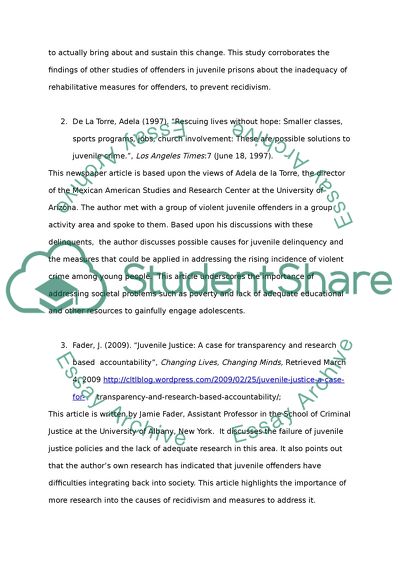Cite this document
(Recidivism among Juvenile Offenders Annotated Bibliography, n.d.)
Recidivism among Juvenile Offenders Annotated Bibliography. https://studentshare.org/social-science/1721675-begin-annotated-bibliography
Recidivism among Juvenile Offenders Annotated Bibliography. https://studentshare.org/social-science/1721675-begin-annotated-bibliography
(Recidivism Among Juvenile Offenders Annotated Bibliography)
Recidivism Among Juvenile Offenders Annotated Bibliography. https://studentshare.org/social-science/1721675-begin-annotated-bibliography.
Recidivism Among Juvenile Offenders Annotated Bibliography. https://studentshare.org/social-science/1721675-begin-annotated-bibliography.
“Recidivism Among Juvenile Offenders Annotated Bibliography”. https://studentshare.org/social-science/1721675-begin-annotated-bibliography.


